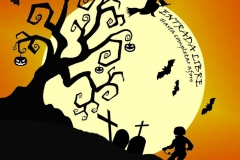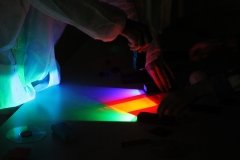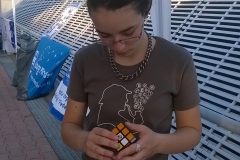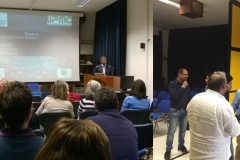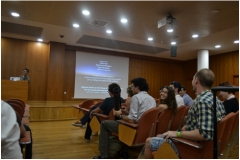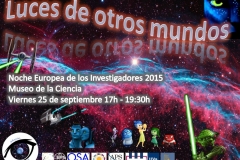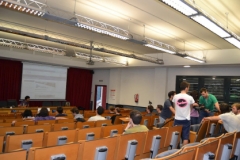 Solar observation:
Solar observation:
We panned to move to the city center (city hall square) in order to offer any passerby the opportunity to observe the eclipse. We printed and buy all the needed staff for the observation but unfortunately it was cloudy and raining and we could not observe the sky. We have kept all and we have planned to do a solar observation another day without eclipse.
Cicle of Scientific cinema:
After the great reception we had last year, we celebrated again our yearly Scientific Cinema Series. Considering the feedback we gathered from the previous edition, we selected a new list of open titles to bring scientific discussion to the community.
In this occasion we projected four different movies, ranging from science-fiction (Solaris, by Andrei
Tarkovski, based on the novel by Stanislaw Lem) to historical movies (Copenhagen, starring Daniel Craig in the role of Werner Heisenberg) about science discoveries and even one documentary about the life of Stephen Hawking, taking advantage of the premiere of his biopic.
During those projections we reached a total public of about two hundred people from both the university community and also the local people from Castellón. We also appeared on the local news and the university bulletin, provided that this is a unique initiative that merges both art and science.
At the end of every projection we promoted a debate based on the content of the different movies. Those debates were a huge success, as everyone was interested in discussing the different aspects about each film. For example, after the projection of Copenhagen, we had a delightful conversation about the boundaries of morality, science and their relation to historical moments, were all those matters get kind of blurry due to international tension.
We also used the Cinema Series as a platform to inform about our other outreach activities. As this provided great benefits, we plan to continue with the cinema series on the future. We think that it is a very good way to disseminate science in a relaxed ambient, and also we can take advantage of the platform to inform people about our activities.

